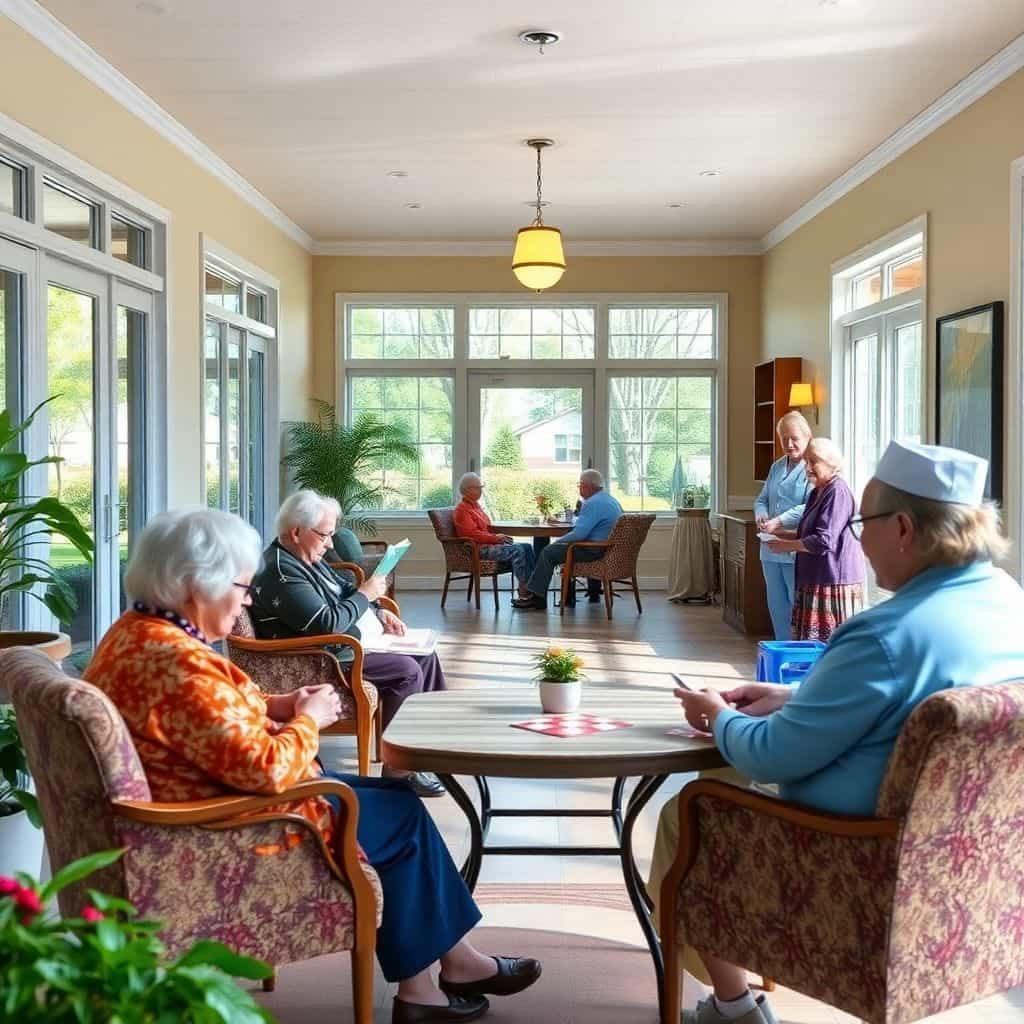As the global population ages, the demand for effective and compassionate elderly care has never been higher. For many families, nursing homes present a viable solution, offering comprehensive care and a well-structured environment. However, selecting the right facility is a multifaceted decision, heavily influenced by options available, financial implications, and regional variations.
Nursing homes are designed to provide a wide range of services to their residents, including medical care, daily activity assistance, and social engagement opportunities. Each facility typically boasts a team of healthcare professionals, including registered nurses, therapists, and support staff who are adept at managing elderly individuals’ diverse needs. Additionally, nursing homes often organize various activities aimed at mental stimulation and physical well-being, essential for maintaining a high quality of life among residents.
The financial aspect of elderly care in nursing homes is notably complex. Costs can vary significantly based on numerous factors, such as location, level of care required, and the quality of amenities provided. On average, nursing home care can range from $70,000 to $150,000 annually in the United States, depending on these variables. In countries with universal healthcare systems, like Sweden, the costs are subsidized, making them more affordable for citizens.
Interestingly, there are stark regional differences when it comes to nursing home costs. Urban areas, with higher living costs, typically see more expensive nursing home fees compared to rural settings. For instance, in New York City, the average cost can exceed $180,000 per year, whereas in Alabama, the same services might cost around $75,000. These discrepancies often reflect the cost of living in the region, as well as the availability of skilled care professionals.
The choice between public and private nursing homes is another crucial consideration. Public facilities are often more affordable but may have longer waiting lists due to high demand. Private homes, on the other hand, might offer more personalized care and luxurious amenities, but at a premium. Ultimately, the decision largely hinges on the specific needs and financial capacity of the family involved.
Elderly care philosophies can differ widely from culture to culture. In Japan, for instance, filial piety greatly influences elder care choices, resulting in a preference for in-home care, supported by community services rather than institutional settings. Meanwhile, Scandinavian countries are renowned for their well-funded, comprehensive elder care systems, focusing on maintaining independence for as long as possible.
Despite its numerous advantages, nursing home care is not without challenges. Overcrowding is a significant issue in many places, especially in metropolitan areas with an aging population. Moreover, staff shortages can affect the quality of care, leading to burnout among caregivers and potentially jeopardizing the well-being of residents. Recently, a significant focus has been on improving staff education and enhancing work conditions to ameliorate these issues.
Research indicates that increased social engagement and mental stimulation can significantly impact the cognitive health of the elderly. Therefore, nursing homes are prioritizing activities that foster social interaction, such as game nights, group exercise sessions, and community outings. Dr. Emily Harrison, a gerontologist, emphasizes the importance of these programs in delaying cognitive decline, stating, ‘An engaged mind is a healthy mind.’
Technology has also started to play a pivotal role in enhancing elderly care in nursing homes. Innovations such as telehealth services, electronic health records, and remote monitoring devices are transforming care delivery, ensuring timely and efficient medical intervention. These technologies not only improve health outcomes but also allow more time for personal interaction.
As families navigate the complexities of selecting appropriate elderly care, understanding all facets—options, costs, regional factors—becomes crucial. While nursing homes offer invaluable support and resources, it is essential to weigh these against personal preferences, financial considerations, and cultural values. As the saying goes, ‘It takes a village to care for the elderly,’ emphasizing community efforts in supporting our aging population.
You may also like
Elderly Care with Caregivers: Costs and Regional Variations
The landscape of elderly care is evolving, with caregivers becoming an integral part of the support system for the aging population. This article delves into the options, costs, and advantages of choosing caregivers for elderly care, and examines the geographical variations in this choice.
External Hearing Aids: Current Technologies and Future Innovations
External hearing aids have dramatically transformed over the decades, integrating cutting-edge technology to improve user experience. This article examines the current options available, emerging technologies in the pipeline, and the global usage trends of these essential devices.
Invisible Hearing Aids: Current options
Internal hearing aids, also known as invisible hearing aids, are transforming the lives of individuals with hearing loss through advanced, discreet technology. This article explores current options, cutting-edge research, and regional usage trends in the hearing aid landscape.
Modern Dental Aligners: Emerging treatments and Research for children’s dental care
Dental aligners have revolutionized orthodontic treatment, providing a discreet and convenient alternative to traditional braces. This article examines current methods and treatments, focusing on challenges for children and insights from emerging research. Additionally, it assesses geographic trends in treatment incidence.
Dental Aligners: Treatments available with particular attention to adults
This article explores the growing popularity of dental aligners, detailing the methods and treatments available, particularly focusing on adults. It delves into the challenges faced by adult patients, discusses emerging studies on experimental aligners, and looks at the geographic prevalence of treatments.
